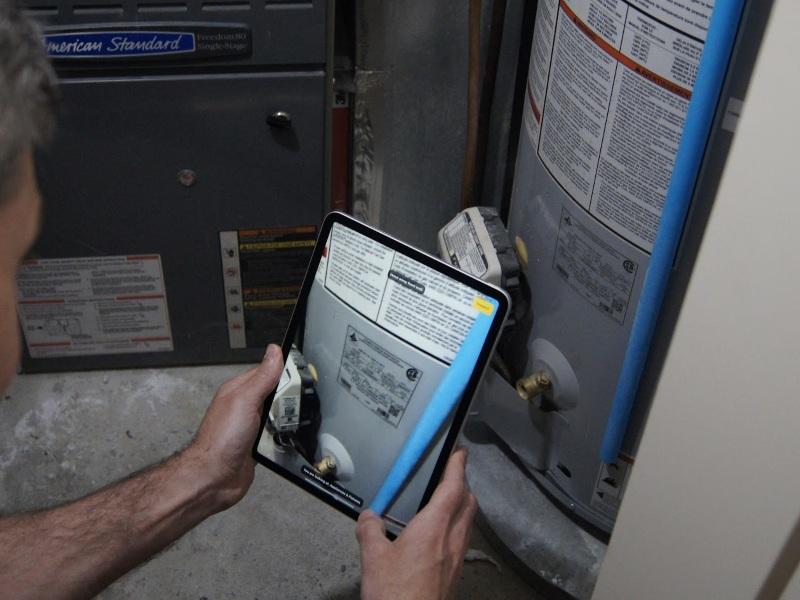
Every business, sooner or later, will need to report their carbon dioxide emissions. The requirement is part of a global effort to help energy consumers reduce the climate-warming impact of their carbon emissions.
Every business is an energy consumer, so every business has carbon emissions. Tracking and reporting those emissions is a critical component of that global effort.
360 Energy has extensive expertise in the field of energy management within organizations. Through our own experience, we have come to realize the importance of tracking our energy consumption and understanding its impact on carbon emissions.
This knowledge has enabled us to provide valuable insights to other organizations.
Here’s what we learned from tracking down our carbon emissions:
- We had first to get insight into our use of energy.
- We share control of our energy with others.
- Our carbon footprint has three toes: Scope 1, Scope 2 and Scope 3.
- We have the greatest direct control over Scope 1 and Scope 2 emissions.
- Our Scope 3 emissions give our footprint its biggest toe.
- We can strongly influence, but not directly control, Scope 3 emissions.
- Business travel and employee commuting were the sources for most of our emissions.
- Data availability is crucial in giving an accurate picture.
Controlling energy use
To discover how energy is being used in our business, we reviewed our landlord’s utility bills and asked our employees how they travelled to work.
Sharing control of energy with others
In our office building, we share a gas meter and an electricity meter with our neighbours. We can’t be certain who turns on the heat when cooler weather comes. But we know natural gas use is correlated to outside temperatures.
A measure used to analyze building energy use is “heating degree days” (HDD). HDD measures the number of days in a year when outdoor air temperature falls below a base temperature of 18 C.

As expected, we found a correlation between natural gas consumption and HDDs from 2017 to 2020.
In 2021 though, something changed. There were fewer HDDs, and most 360 Energy employees were working remotely. Yet, gas consumption went up.
To solve this mystery, we will need to learn from our neighbours, with whom we share utility meters, what changes they made in their business operations. It is more difficult to control carbon emissions when multiple tenants share control over energy with their landlord.
Scope 1 Emissions
Scope 1 defines emissions from energy sources under an organization's direct control. Our Scope 1 emissions come from burning natural gas to heat our office and using gasoline in a company owned vehicle. In 2022, these were 34.6 per cent of our total emissions.
Scope 2 Emissions
Scope 2 defines indirect emissions resulting from purchasing electricity generated elsewhere. 360 Energy has very few Scope 2 emissions. In part, this is because we operate in Ontario where electricity is largely generated from low emitting sources such as nuclear and hydro. In 2022, these were 1.3 per cent of our total emissions.
Scope 3 Emissions
Scope 3 defines emissions by others who provide goods and services to the organization. Our Scope 3 emissions primarily come from employees commuting to work and from business travel. In 2022, these were 64 per cent of our total emissions.

Data is vital
It was difficult to reconstruct enough historical data to accurately calculate emissions in earlier years. In 2022, we intensified our efforts and now have quality data to make informed decisions. Automating data collection for future years will enable us to maintain a consistent stream of quality information at lower cost.
Next steps
The challenge to becoming a net-zero emissions company will be to reduce our Scope 1 and Scope 3 emissions. Strategies we will explore:
- Work with neighbours and our landlord to reduce emissions from heating;
- electrify as many energy services as we can, taking advantage of Ontario’s low carbon grid;
- and reduce employee related travel emissions while improving remote work productivity.
Reporting carbon emissions is a new requirement for every business. We hope our 360 Energy experience provides a good introduction to others can expect.










